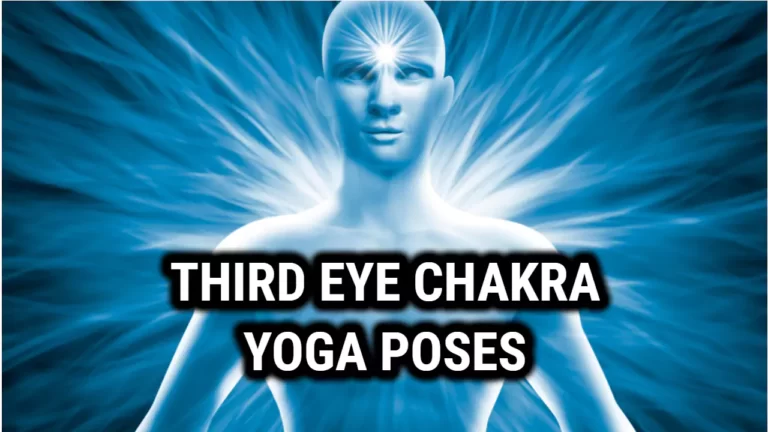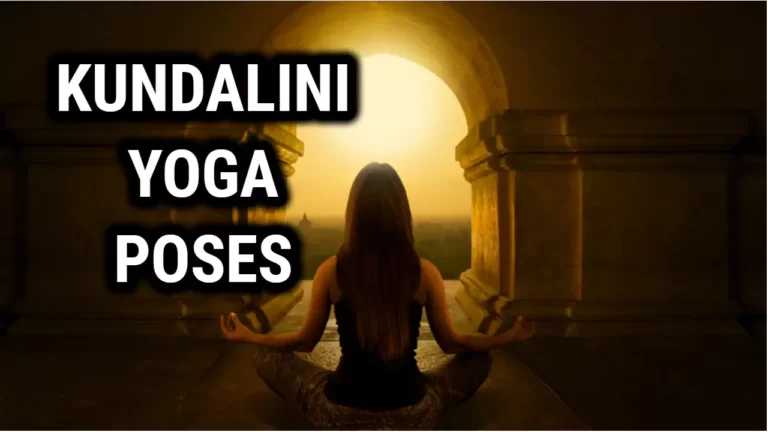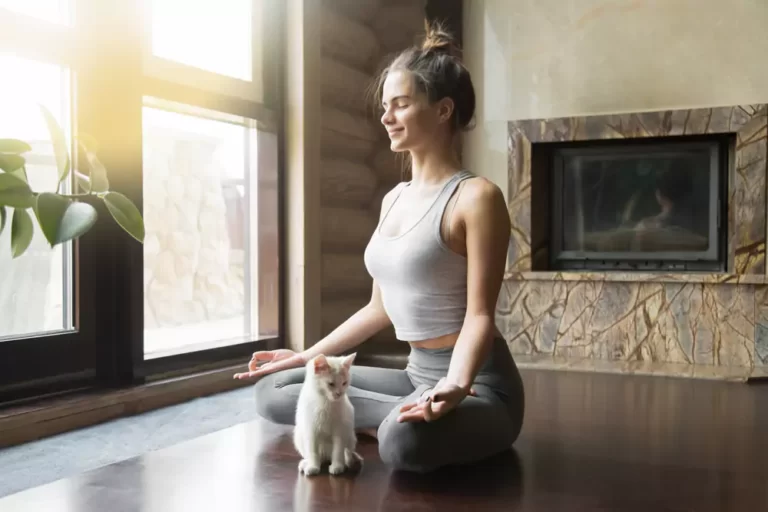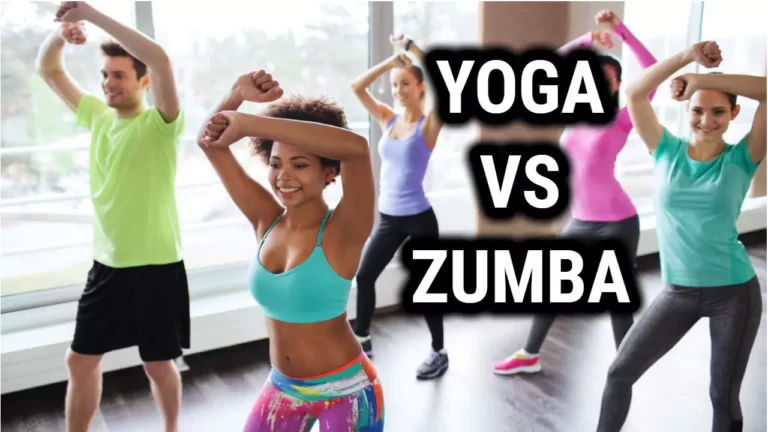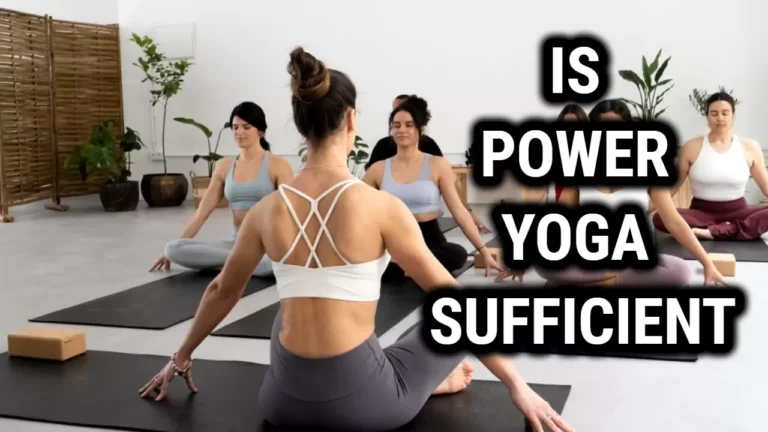Moon Yoga Poses: Connect with Nature and Find Inner Peace

Yoga has become a popular way to exercise and stretch the body, as well as relax the mind. But why not take your yoga practice to the next level with moon yoga poses?
Moon yoga is a great way to connect with yourself and your environment on a deeper level. It helps you tune into your body’s natural rhythms, while also offering physical benefits like improved balance and flexibility.
In this article, we’ll explore how to get started with moon yoga poses, their benefits, and more.
Benefits Of Practicing Moon Yoga
- Increased Flexibility: Practicing moon yoga can help increase your flexibility and mobility, as the poses can be adapted to different levels of ability.
- Improved Focus: Practicing moon yoga can help improve concentration and focus as it requires you to stay in a certain pose for extended periods of time.
- Improved Breathing: Moon yoga poses help to open the chest, which can help improve your breathing.
- Stress Relief: Practicing moon yoga can be a great way to relax and unwind, while also connecting with your inner self.
- Improved Balance: Moon yoga poses can help improve your sense of balance and coordination.
- Increased Strength: Moon yoga poses can help strengthen your core muscles, as well as your arms and legs.
Practicing moon yoga can be incredibly nourishing for the mind, body and soul. This type of yoga is based on lunar energy and is designed to relax and ground the practitioner. It focuses on mindful movement, deep breathing, and meditation which helps to create a sense of peace within.
It can also be used to gain clarity and focus on the present moment. Through this practice, practitioners are able to tap into their inner wisdom and access a deeper level of relaxation. Moon yoga encourages us to move slowly and with intention, allowing us to reconnect with our bodies as we let go of stress and tension.
By connecting with our breath, we connect more deeply with ourselves, which in turn helps us feel grounded in the present moment. With regular practice, moon yoga can help us develop an increased awareness of our physical, mental and emotional states.
Moon Salutation Sequence
- Start in Mountain Pose (Tadasana)
- Reach your arms up to the sky in Upward Salute Pose (Urdhva Hastasana)
- Bend forward into Standing Forward Bend Pose (Uttanasana)
- Step back into a low lunge with your right leg forward in Crescent Lunge Pose (Anjaneyasana)
- Place your right hand down and reach your left arm up to the sky in Half Moon Pose (Ardha Chandrasana)
- Step your right foot forward and press into Downward Facing Dog Pose (Adho Mukha Svanasana)
- Step your left foot forward into Crescent Lunge Pose (Anjaneyasana)
- Place your left hand down and reach your right arm up to the sky in Half Moon Pose (Ardha Chandrasana)
- Step your left foot forward and press into Downward Facing Dog Pose (Adho Mukha Svanasana)
- Step your right foot forward into Standing Forward Bend Pose (Uttanasana)
- Reach your arms up to the sky in Upward Salute Pose (Urdhva Hastasana)
- End in Mountain Pose (Tadasana)
If you are looking for Yoga Mat
This would be My Recommendation Check it Out – Gaiam Essentials Premium Yoga Mat With Mat Carrier Sling
Different Types Of Moon Yoga Poses
- Crescent Moon Pose: Begin in a standing position and slowly hinge forward, tucking your chin into your chest and allowing your arms to extend out to the side.
- Half Moon Pose: Stand with your feet together, then step your right foot back, extending your arms to the side. Bend your right knee while keeping your left leg straight.
- Full Moon Pose: Start in a standing position and bring your arms to the sides. Lift your arms up and over your head, bringing your palms together above your head.
- Reclining Moon Pose: Start in a seated position and then slowly recline onto your back. Bring your arms up and over your head, reaching your palms together above your head.
These poses can help to promote a sense of peace and balance.
Crescent Moon Pose (Anjaneyasana)
Crescent Moon Pose, or Anjaneyasana, is like a ray of light in the dark sky – majestic and beautiful.
This pose offers many benefits, both physical and mental. It strengthens the legs, ankles and arms while stretching the chest and hip flexors. It also helps relieve stress and anxiety as it encourages deep breathing.
To achieve perfect alignment in this pose, try to keep your back straight without arching it too much. Modifications can be made for those who find the full version too challenging – you can place a block between your thighs or press your palms into prayer position instead of extending them above your head.
You can also combine Crescent Moon Pose with other poses such as lunges or planks to create a complete yoga sequence.
High Crescent Moon Pose (Utthita Anjaneyasana)
High Crescent Moon Pose (Utthita Anjaneyasana) is an energizing pose that offers a variety of benefits. Proper alignment is key to reaping its full potential; hips should be level and square, feet firmly planted on the ground.
For those wanting to modify the pose, variations are available for all levels, such as placing hands on blocks or using a wall for support.
When practicing High Crescent Moon Pose, it’s important to pay attention to your breath – inhale deeply through your nose and exhale through your mouth.
With practice, you can experiment with creative variations of this pose such as lifting one foot off the ground at a time or adding arm movements like side stretches or reaching up towards the sky.
This pose can help bring balance and strength to both the body and mind.
Half Moon Pose (Ardha Chandrasana)
Half Moon Pose, or Ardha Chandrasana, is a standing yoga pose that requires balance and core strength. It can be used for reflective meditation and mindful breathing, allowing practitioners to focus on their posture alignment.
The balance challenge posed by Half Moon Pose encourages the strengthening of muscles in the abdomen, torso, and legs. Additionally, it stimulates the liver and kidneys as well as aids in digestion.
As one works on perfecting this pose, they will also improve their concentration and sense of self-respect. Allowing the body to breathe and relax into the posture can bring many physical benefits as well as mental clarity.
Extended Side Angle Pose (Utthita Parsvakonasana)
Extended Side Angle Pose (Utthita Parsvakonasana) is an essential pose for those practicing yoga, and especially beneficial for beginners. It is a powerful pose that helps to create balance, peace and relaxation in both the mind and body.
Utthita Parsvakonasana also strengthens the connection between the breath and moon energy, which can help to reduce stress. This pose has many benefits including increased flexibility, improved digestion, strengthened legs and arms, as well as improved balance and posture. Additionally, it opens up the hips and stretches out the shoulders, neck and spine.
Whether practiced alone or included in a longer sequence of poses, Utthita Parsvakonasana provides both physical and mental benefits that will leave you feeling relaxed yet invigorated.
How To Prepare For A Moon Yoga Session
The gentle twinkling of the moonlight casts a magical spell over your yoga practice. Whether you’re just starting out or have been practicing for years, moon yoga can be an incredibly enlightening experience that helps you to cultivate a deeper spiritual connection with your own energy and the lunar cycles.
Before getting started, there are a few key things to consider in order to ensure you get the most out of your session. Here are four steps to help prepare for a moon yoga session:
- Familiarize yourself with the phase of the moon and how it relates to your practice.
- Incorporate meditation techniques to ground yourself and establish energetic flow.
- Research various poses that honor and connect with the energy of the lunar cycle.
- Utilize grounding practices such as breathwork and body scanning to strengthen your spiritual connection and sharpen your focus on self-care and healing during this time.
Moon yoga is a powerful way to deepen your connection with yourself, while gaining insight into the mysteries of life through connecting with nature’s natural rhythms in accordance with the lunar cycle. As you continue to explore this type of practice, know that each journey will be unique, offering its own opportunities for growth, healing, and transformation along the way!
For Good Yoga Practice A Recommended Yoga Mat – Gaiam Essentials Premium Yoga Mat with Carrier Sling
Tips For Practicing Moon Yoga
It’s important to maintain proper alignment when practicing moon yoga poses to ensure you’re getting the most out of your practice.
Focus on keeping your spine long and your chest open to maintain good posture. When it comes to breathing, taking slow, deep breaths can help you stay focused and relaxed.
Remember to exhale longer than you inhale, as this helps to release tension and maximize the benefits of each pose.
Proper Alignment
When practicing moon yoga, proper alignment is key to ensure safety and get the most out of a practice. Taking the time to make sure your body is in safe positioning will help you find comfort and stability in each pose.
Incorporating breathwork techniques can also help improve posture and create a deeper connection with nature. It’s important to understand the cycles of the moon and use them to strengthen balance in the body.
By taking part in this ancient practice, we can learn how to connect with ourselves, our environment and find peace through mindful movement.
Breathing Techniques
Breathing techniques are an important part of moon yoga, as they can help create a deeper connection with nature and the cycles of the moon.
Restorative breathing helps to bring us into a state of yogic relaxation, while lunar meditation encourages mindful movements and calming poses. By taking slow, deep breaths in each pose, we can tap into our inner peace and find balance within our body.
This practice of conscious breathwork can open us up to new realms of understanding and awareness that will ultimately lead to a more meaningful experience.
Frequently Asked Questions
What Is The History Of Moon Yoga?
Moon yoga is a practice that has been around for centuries and derived from the ancient meditation techniques, lunar cycles, and rituals.
It is believed to be one of the oldest forms of yoga, with its roots stemming from pranayama practice during the full moon.
This style of yoga blends breathing exercises with poses and stretches inspired by the moon’s movements during its various lunar phases.
Its purpose is to bring balance to both body and mind through connecting with nature and utilizing its energy for personal transformation.
Is Moon Yoga Suitable For All Fitness Levels?
Moon Yoga is an ancient practice that utilizes the natural energy of the moon and its phases to deepen your meditation techniques, yoga styles, and astrological symbolism.
It is a suitable practice for all fitness levels, as you can adapt the poses and movements according to your own body’s needs.
As the lunar cycle progresses, different poses become available that can be used to further tap into this unique energy source and gain many benefits from it.
Moon Yoga incorporates various breathing and relaxation techniques as well as postures that are both gentle yet powerful.
What Are The Spiritual Benefits Of Moon Yoga?
Moon yoga is a meditative practice that can provide powerful spiritual benefits.
As a form of lunar-based meditation, the practice utilizes astrological influences and lunar energy to help practitioners gain mental clarity and physical balance.
Through meditation techniques, moon yoga can help people increase their awareness and connection to the cosmos while cultivating a sense of inner peace.
By uniting with the natural rhythms of the universe, moon yoga helps bring harmony to body and soul.
Conclusion
The practice of Moon Yoga transports us to a tranquil state of being. With each pose and breath, we can imagine the healing energy radiating from the moon, filling us with inner calm and peace.
As we flow through the poses, our body and mind become one in harmony. It’s like taking a vacation to an ethereal world of bliss.
Moon Yoga can be tailored to fit any fitness level. Whether you’re just starting out or looking for something more challenging, this ancient practice can bring balance and clarity into your life.
The many spiritual benefits of Moon Yoga are sure to bring a sense of joy and mental clarity that will stay with you long after your session has ended.
